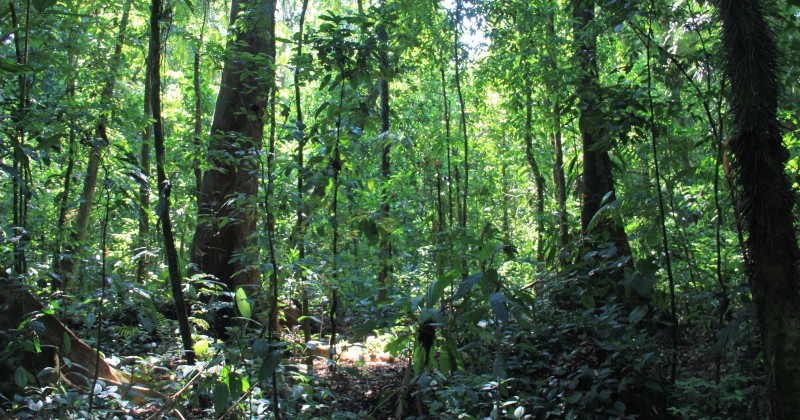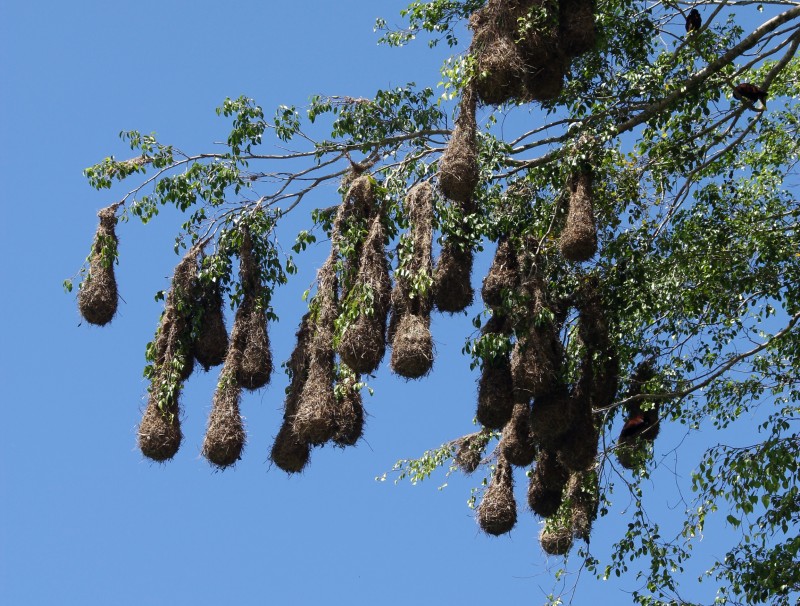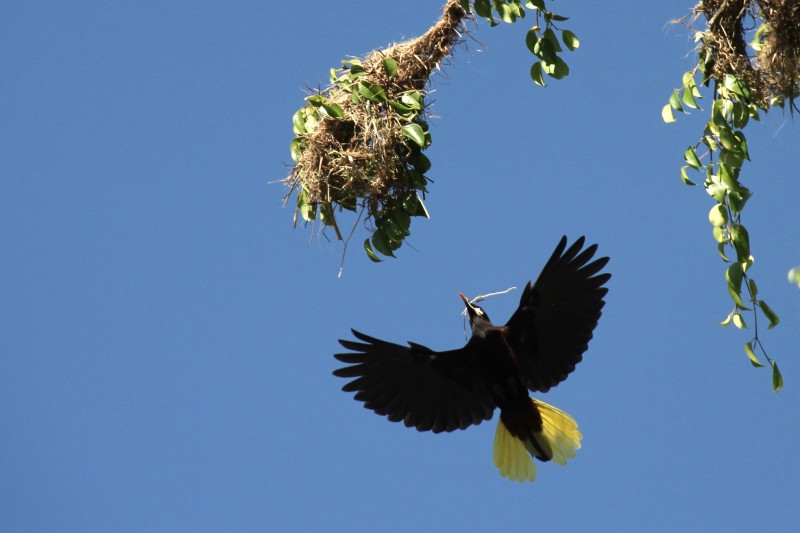It’s well known that a lot of bird watching involves the identification of ‘Little Brown Jobs’, but even after more than 50 years of serious birding, I’m not very good at it. Not that I’m a slow learner, rather it’s because I’m red/green colour blind. Maybe that’s why I’m attracted more to identifying birds by sound than sight, and I’ve often wondered if that’s been a subconscious thing.
Our recent trip to Costa Rica proved to be a major challenge. Even outside the dense green and browns of the tropical rainforests, the subtle spots of colour which clinch identification of the huge range Costa Rican bird species (>900 apparently) were completely lost to my genetically deficient retinae. Forget Little Brown Jobs; to me all the hummingbirds (52 species of them alone) were pretty much just dark green, all the parrots and parakeets were pretty much light green, and all the woodcreepers were indeed brown – just brown. Add in the famous ‘rainforest neck’, from constantly peering up into the canopy, and bird ID became a frustrating and at times painful pastime.
So thank goodness for the many gaudy birds, but which one to choose as a favourite? Well the Resplendent Quetzal was truly resplendent, trailing its long shimmering green tail streamers through the cloud forest; and the Scarlet Macaws were huge, insanely colourful and surprisingly common in certain areas, although it’s hard to believe they are wild and not in a zoo. But the quetzal doesn’t call much, and the macaws, though loud, are a bit raucous. No, for me one bird had everything, and ticked all the boxes for tropical delight:
It builds spectacular hanging nests in colonies in tall exposed trees, often near human settlements, so it’s very easy to see.
It is large, the size of a crow; mostly cinnamon plumage but with blue and pink facial masks, a scarlet-tipped bill and a stunning bright yellow tail. It makes a fantastic range of bizarre sounds, from short-circuit electric buzzes to rich complex vocalisations, the latter delivered during a ‘perched somersault’ as it turns completely upside down and flaps its wings.
It makes a fantastic range of bizarre sounds, from short-circuit electric buzzes to rich complex vocalisations, the latter delivered during a ‘perched somersault’ as it turns completely upside down and flaps its wings.
 And as they fly round the forest gathering food and nesting material, you constantly hear the deep ‘woomph’ of their wing beats. But not content with looking good and sounding good, this species has been given a great name:
And as they fly round the forest gathering food and nesting material, you constantly hear the deep ‘woomph’ of their wing beats. But not content with looking good and sounding good, this species has been given a great name:
I give you – the Montezuma Oropendola!
